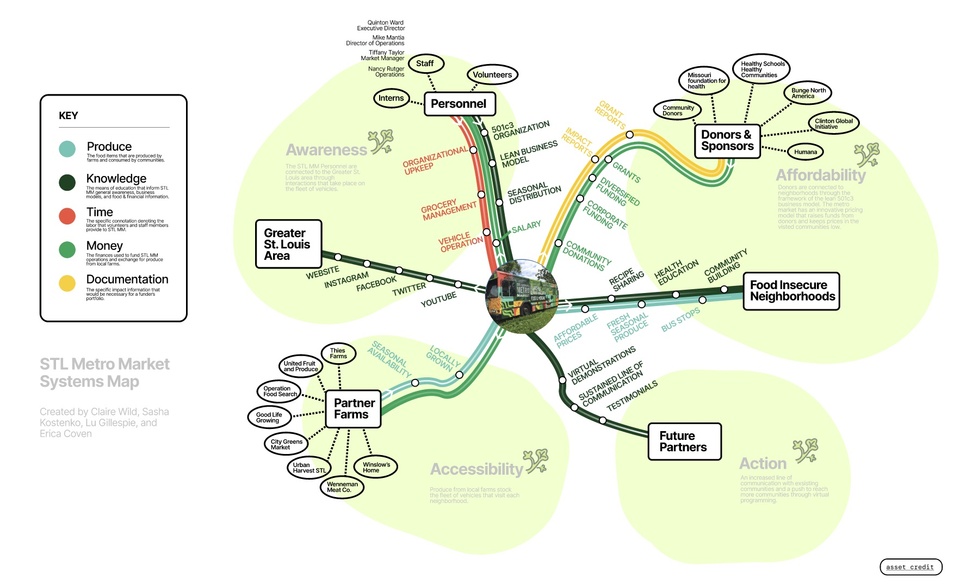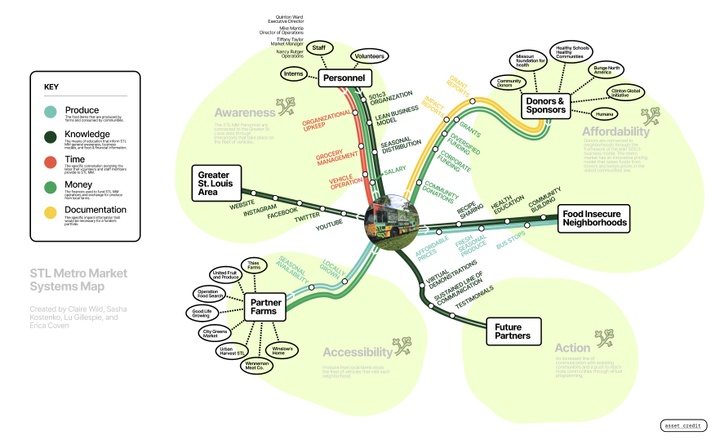Curriculum: Communication Design
The College of Art subscribes to the standards for the Bachelor of Fine Arts (BFA) degree and Bachelor of Arts (BA) degree as set forth and accepted by the College Art Association of American (CAA) and the National Association of Schools of Art and Design (NASAD). For students entering the College of Art in fall 2021, a BFA degree requires a total of 121 credits of course work, and a BA degree requires 120 credits of course work.
The First-Year Experience
In your first year, you’ll take core studios, including drawing, 2D design, 3D design, digital studio, and a weekly seminar. Drawing studios are team-taught by studio art and communication design faculty. You’ll develop observational and illustrative skills, working mainly with charcoal, graphite, ink, and pastel. In 2D design and digital studio, you’ll build essential skills in composition and communication through manual processes and digital design software. In 3D design, you’ll learn fundamental sculptural and spatial skills, experimenting with new materials and processes, while learning how to use specialized tools and machines.
Every first-year student is mentored by a dedicated academic advisor who guides them in shaping the educational and degree path they desire. This includes course selection and scheduling.
Advanced Coursework
As your education progresses, so will your course flexibility. In your second year and the fall semester of your junior year, you take courses such as Word & Image, Typography, and Interaction Foundations. Starting in the second semester of your junior year, you choose all of your own major courses.
Your studio courses are supplemented by readings and seminars that acquaint you with the field of contemporary art and design and in developing an understanding of where your interests fit in the historical arc. You also take professional practice seminars, taught by our dedicated career development specialist, in which you’ll develop essential skills like writing preparing a portfolio and CV, applying for internships and jobs, and presenting a public lecture on your work.
All studio courses have a low student-to-faculty ratio to ensure personalized attention.
Recent Course Offerings
UX Research Methods for Design
Semiotics Studio: Designing Signs and Symbols
Visual Principles for the Screen
Conditional Design
Animated Worlds
Illustration Entrepreneur
Digital Game Design
Multimedia Design: Time/Sound/Space
Interaction Design: Understanding Health and Well Being
Design in Social Systems
Global Topics in Visual Communications
Image and Meaning
Applied Illustration
Letterpress Printing
Design for Social Impact
The Illustrator’s Sketchbook
Illustration as Practice
Panel by Panel: Narrative Comics
Programming Design
Printing Propaganda: The Letterpress Poster
Literatures of Drawing
Content to Cover: The Design of Books
Type as Image: Experiments on Press
Enchanted Objects: Material Culture

